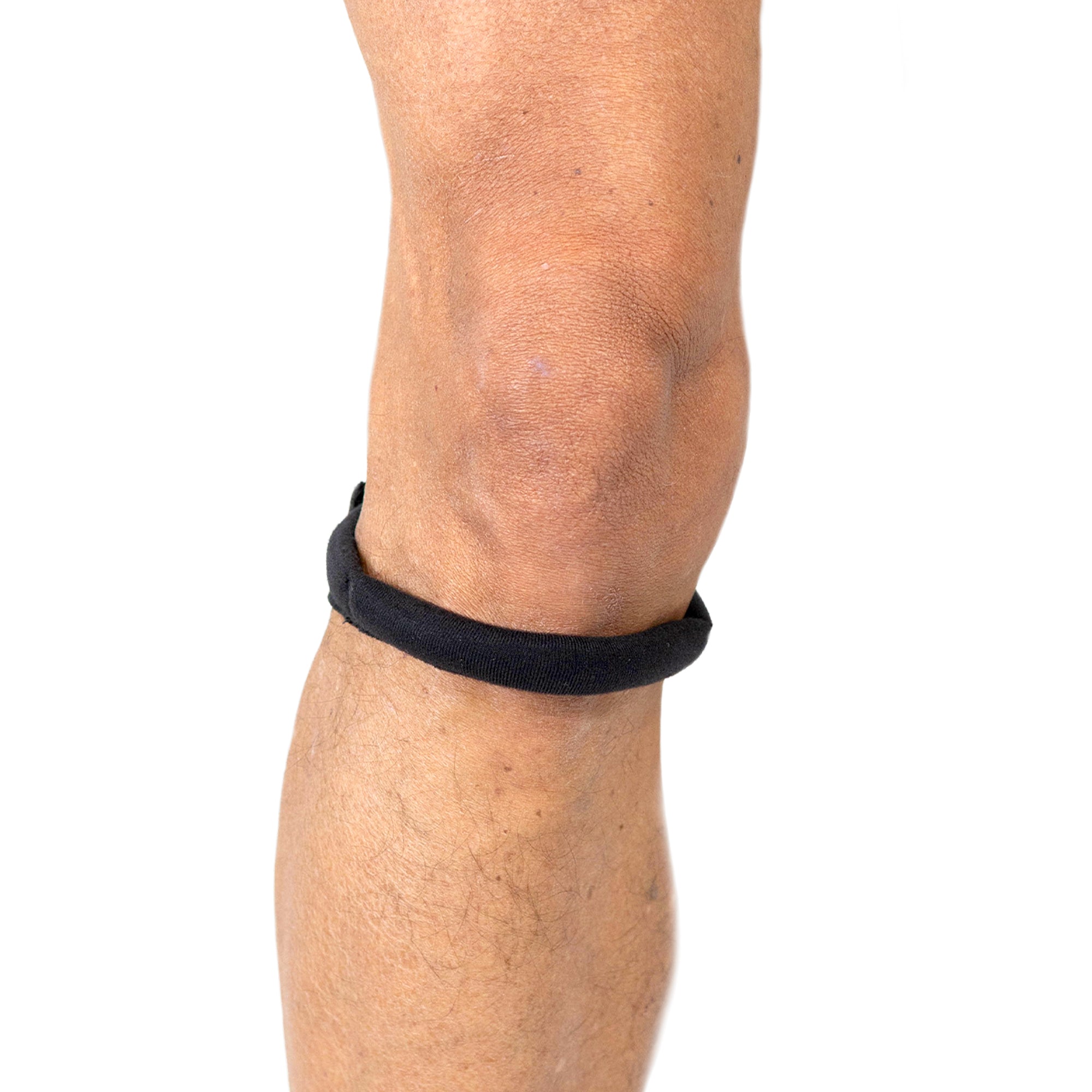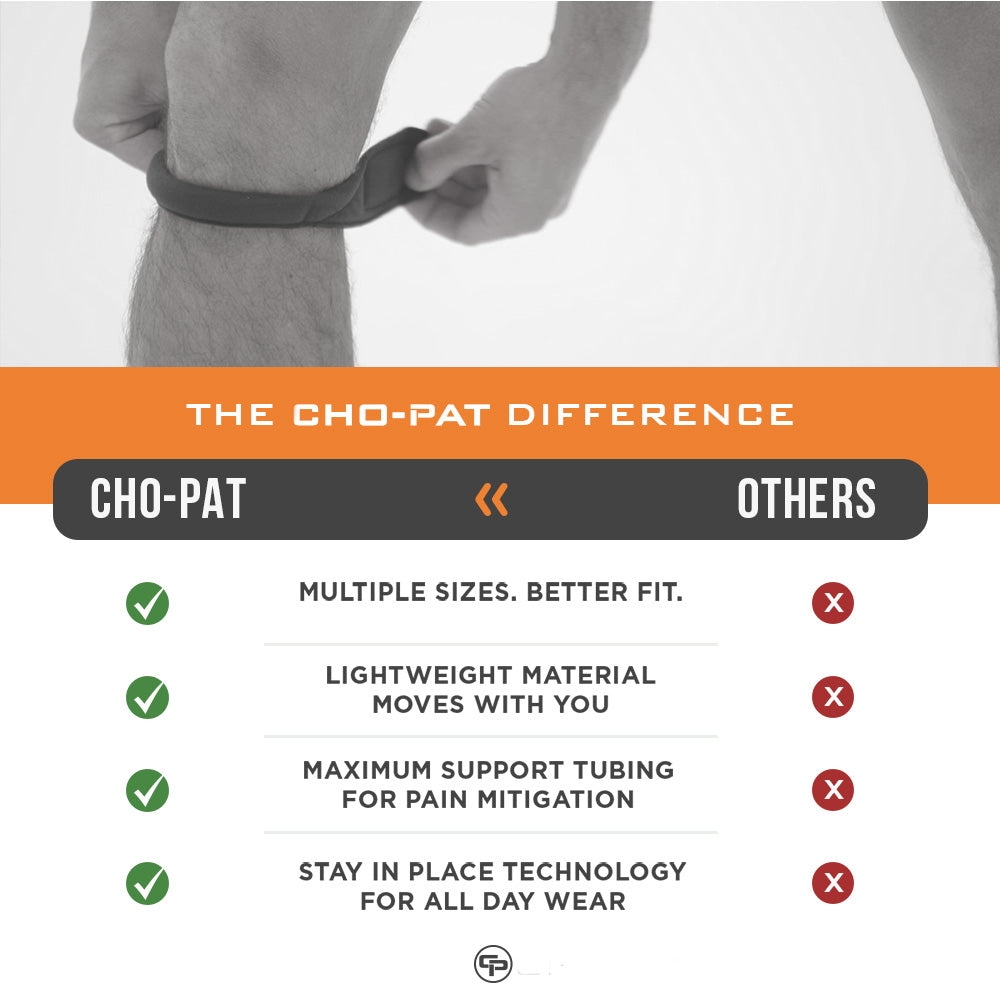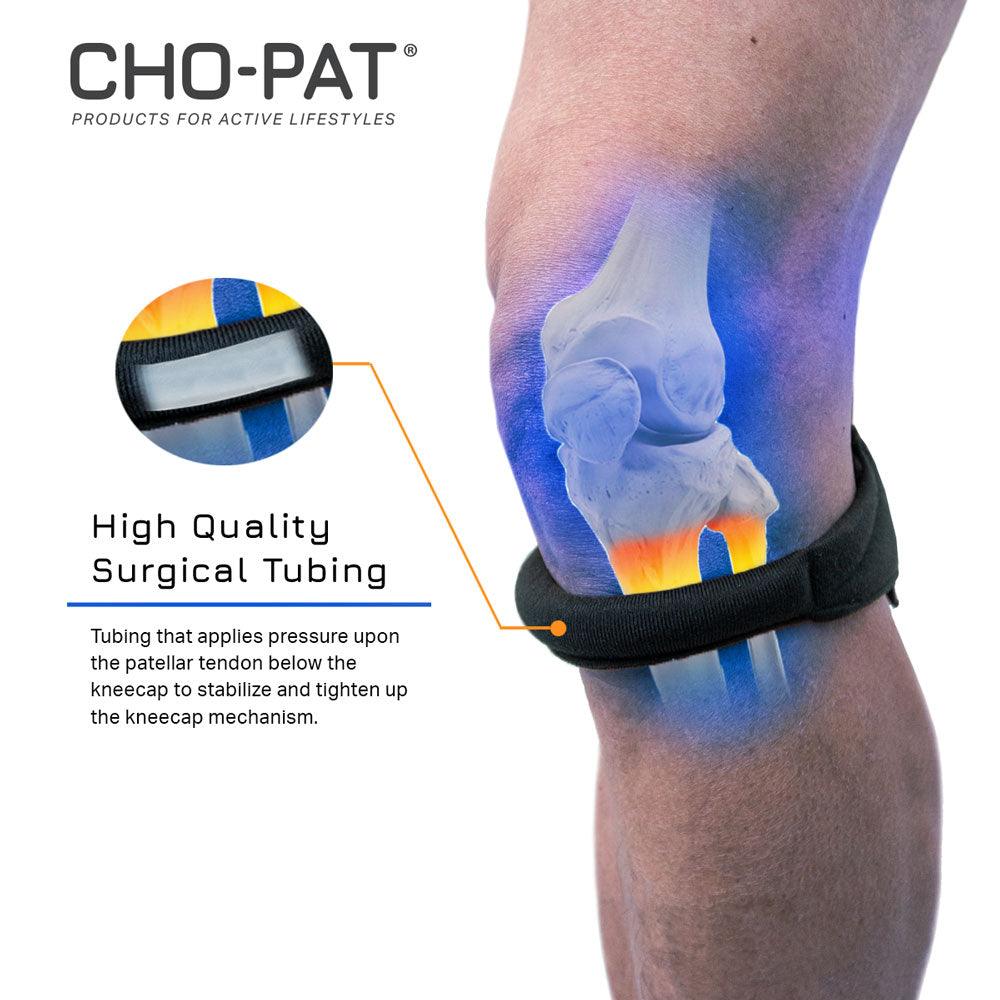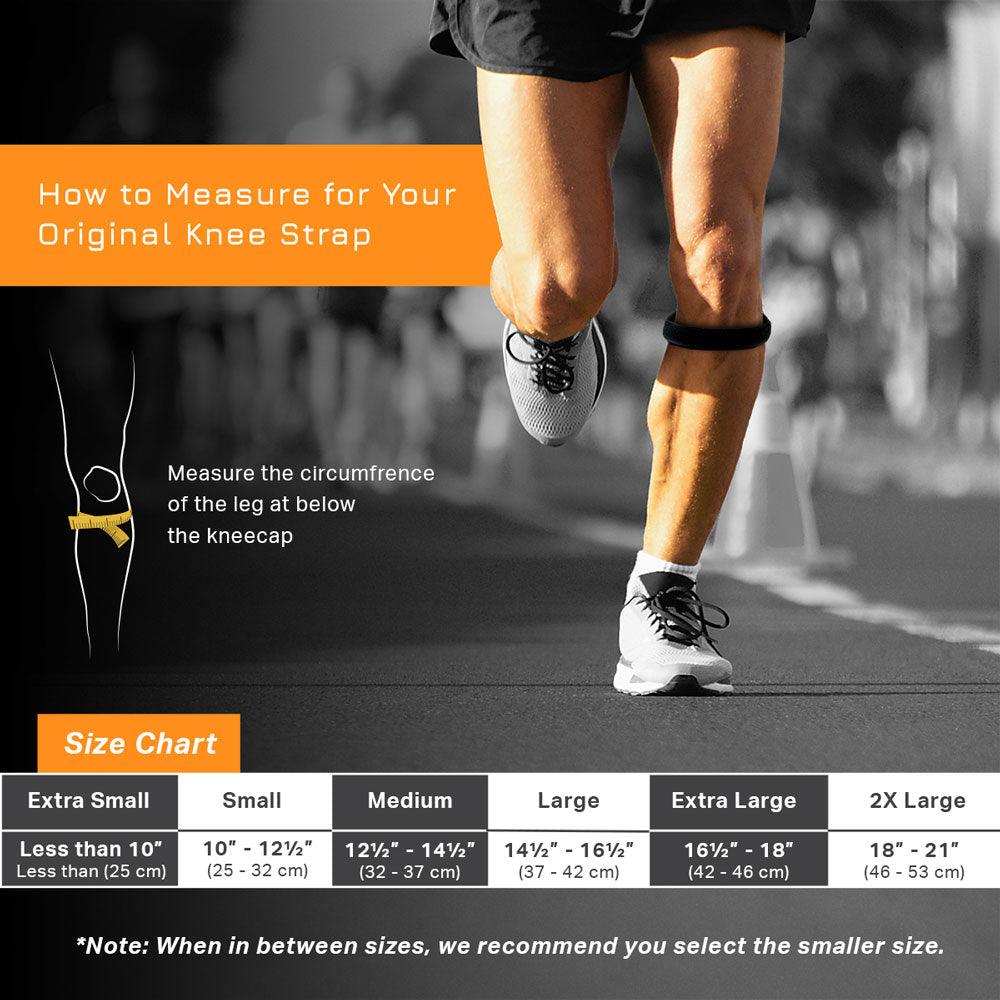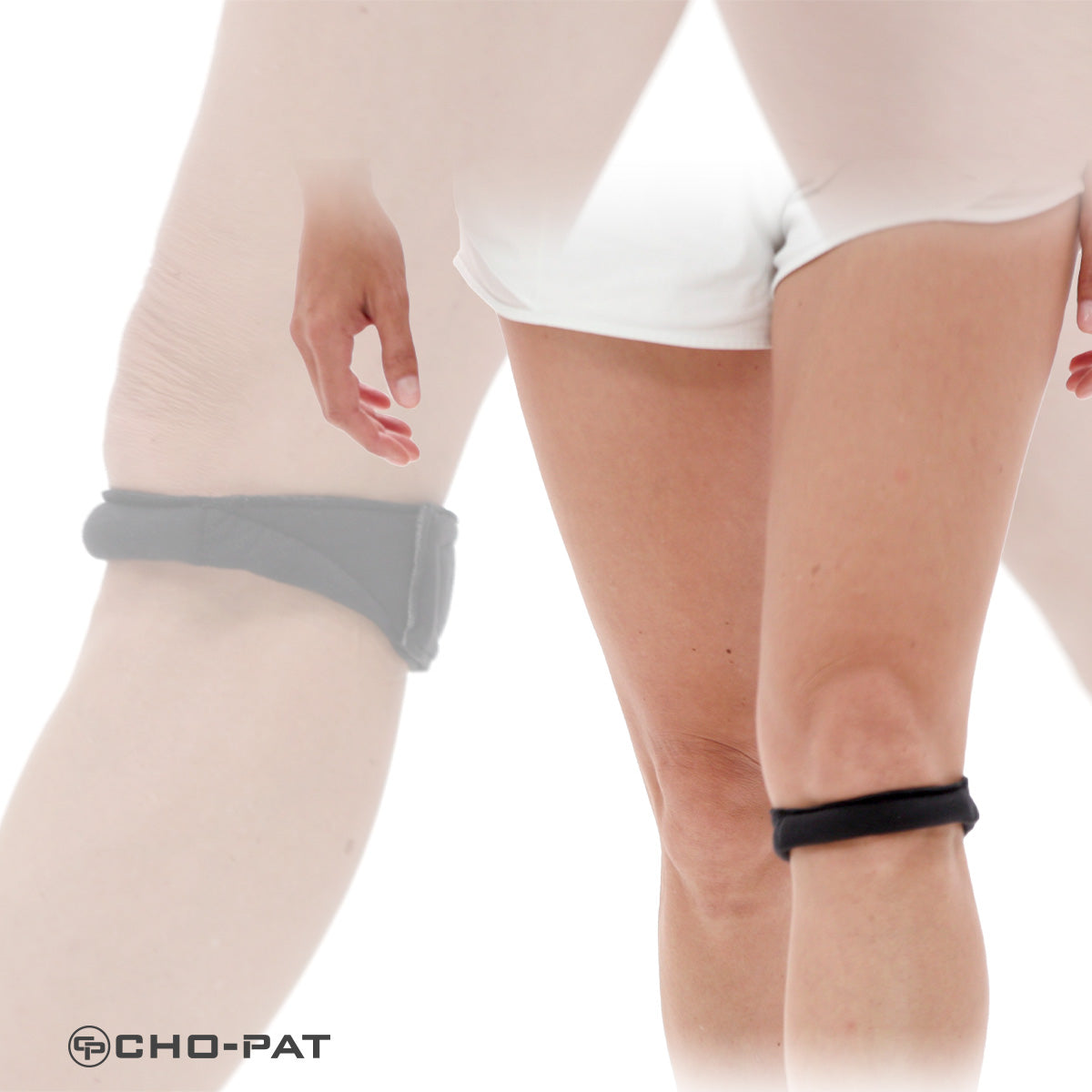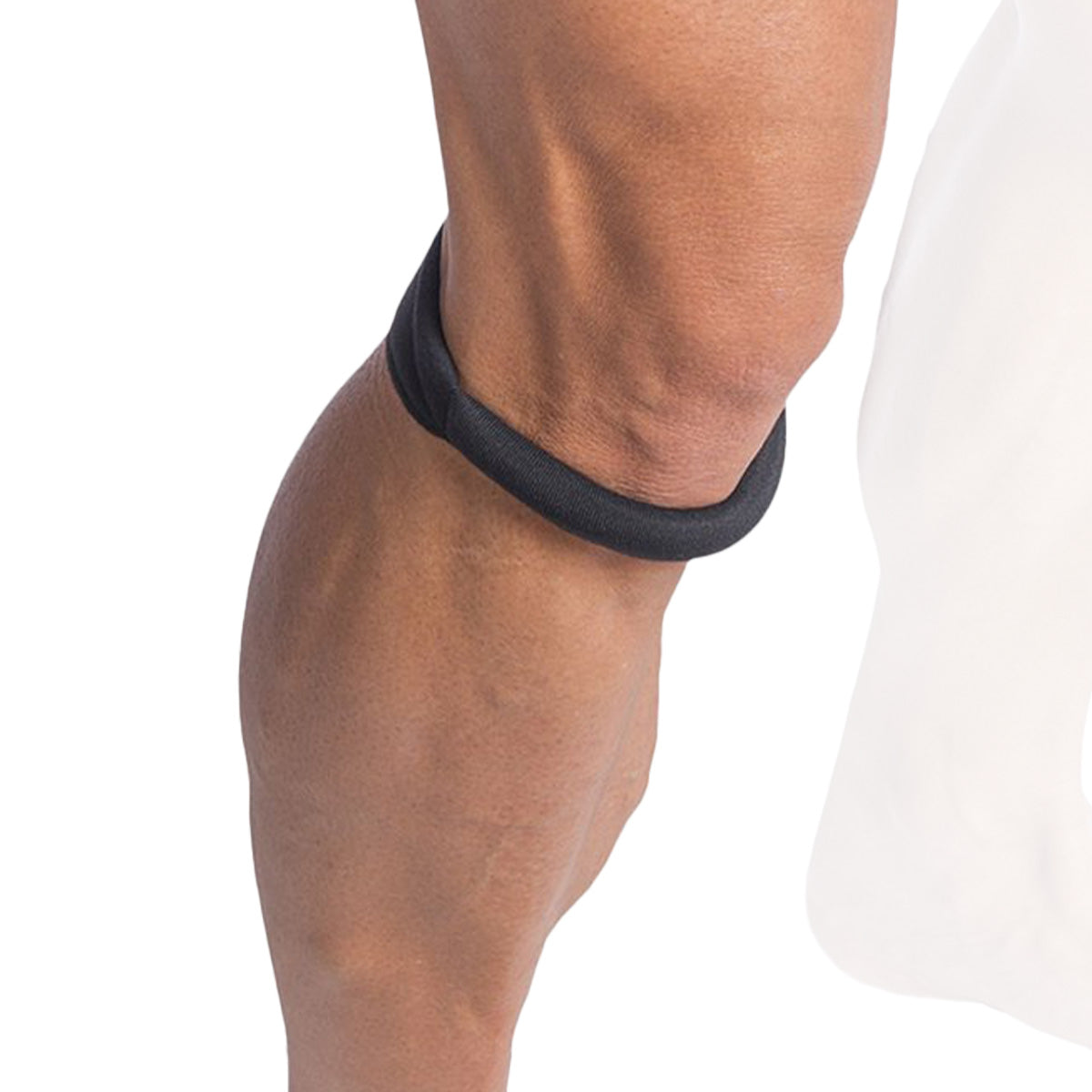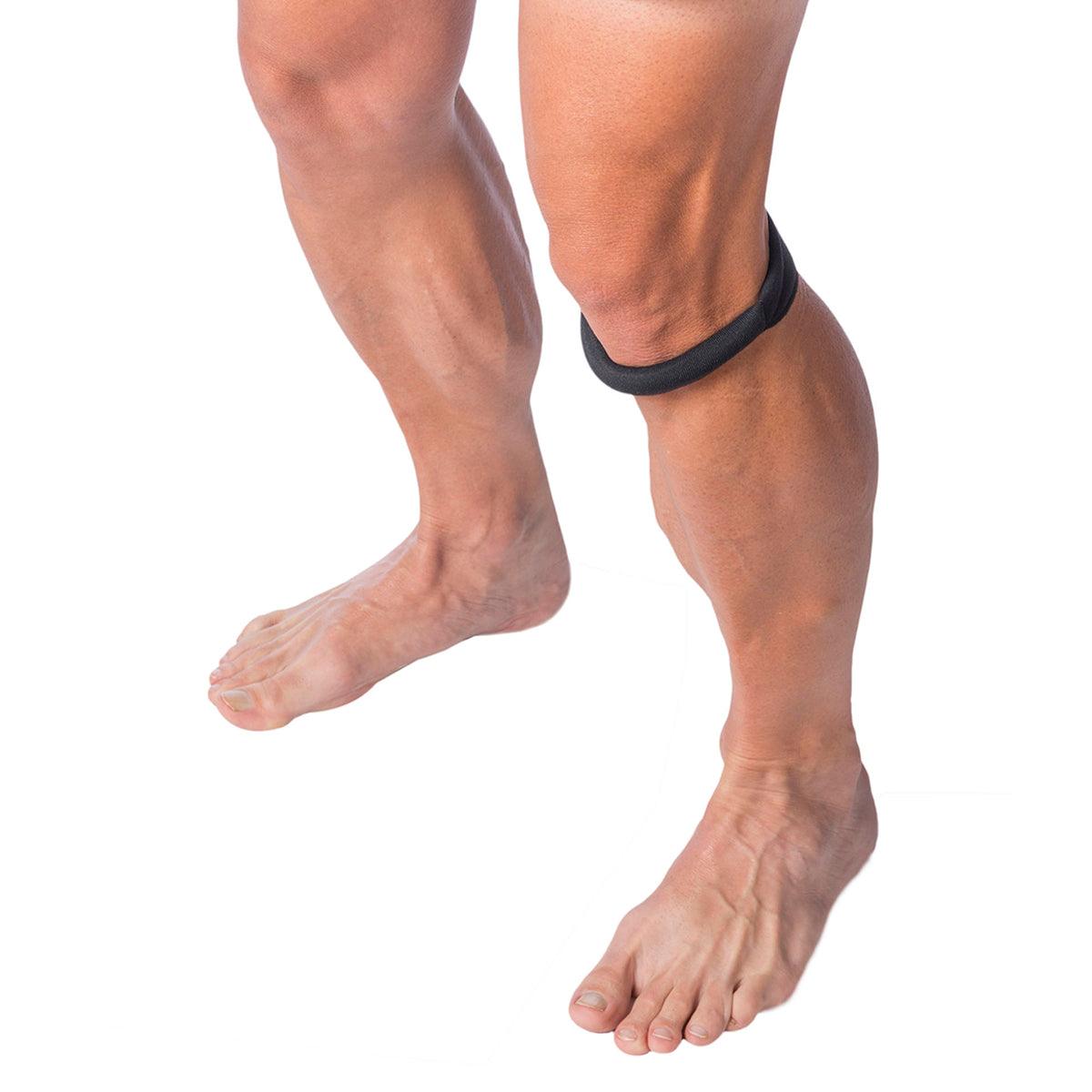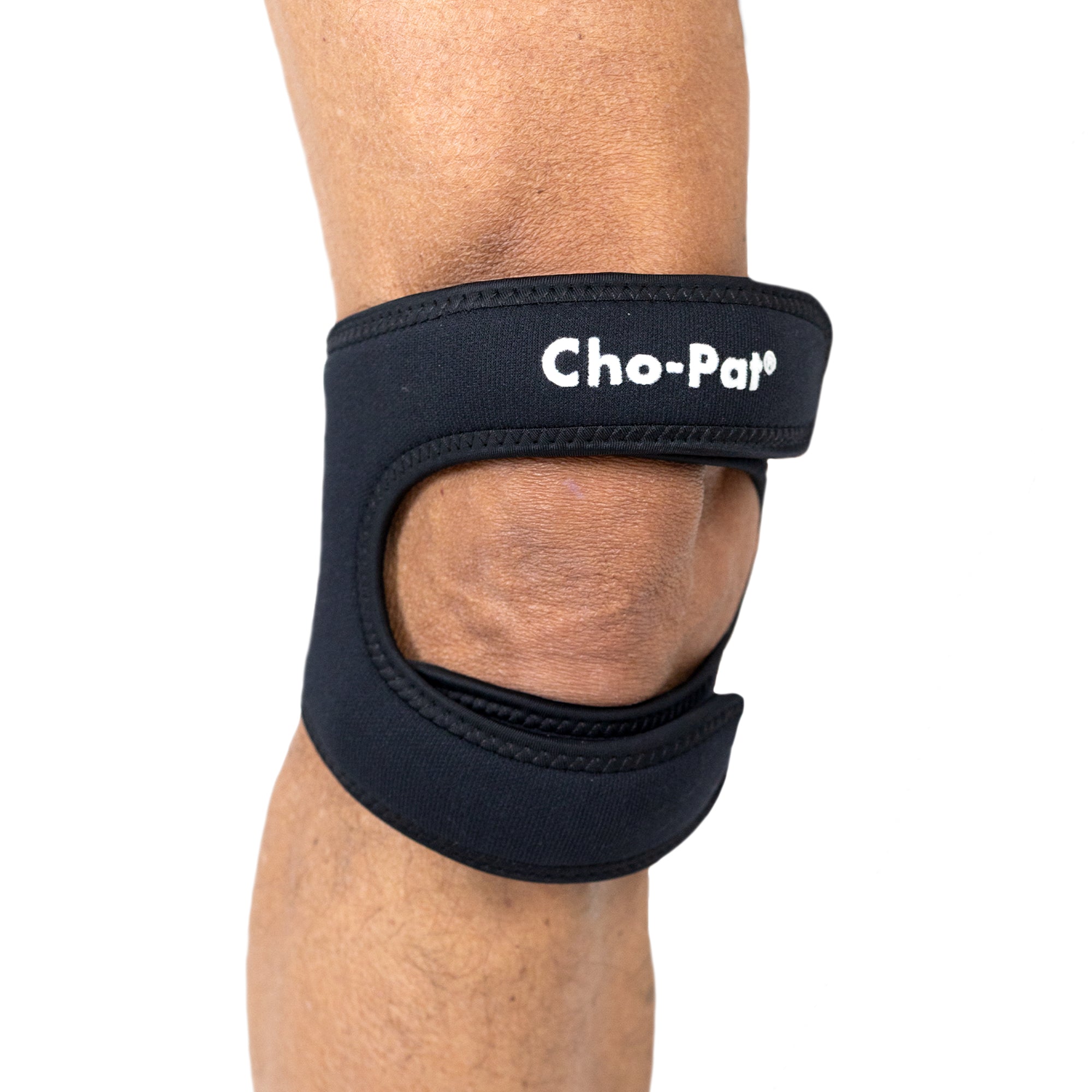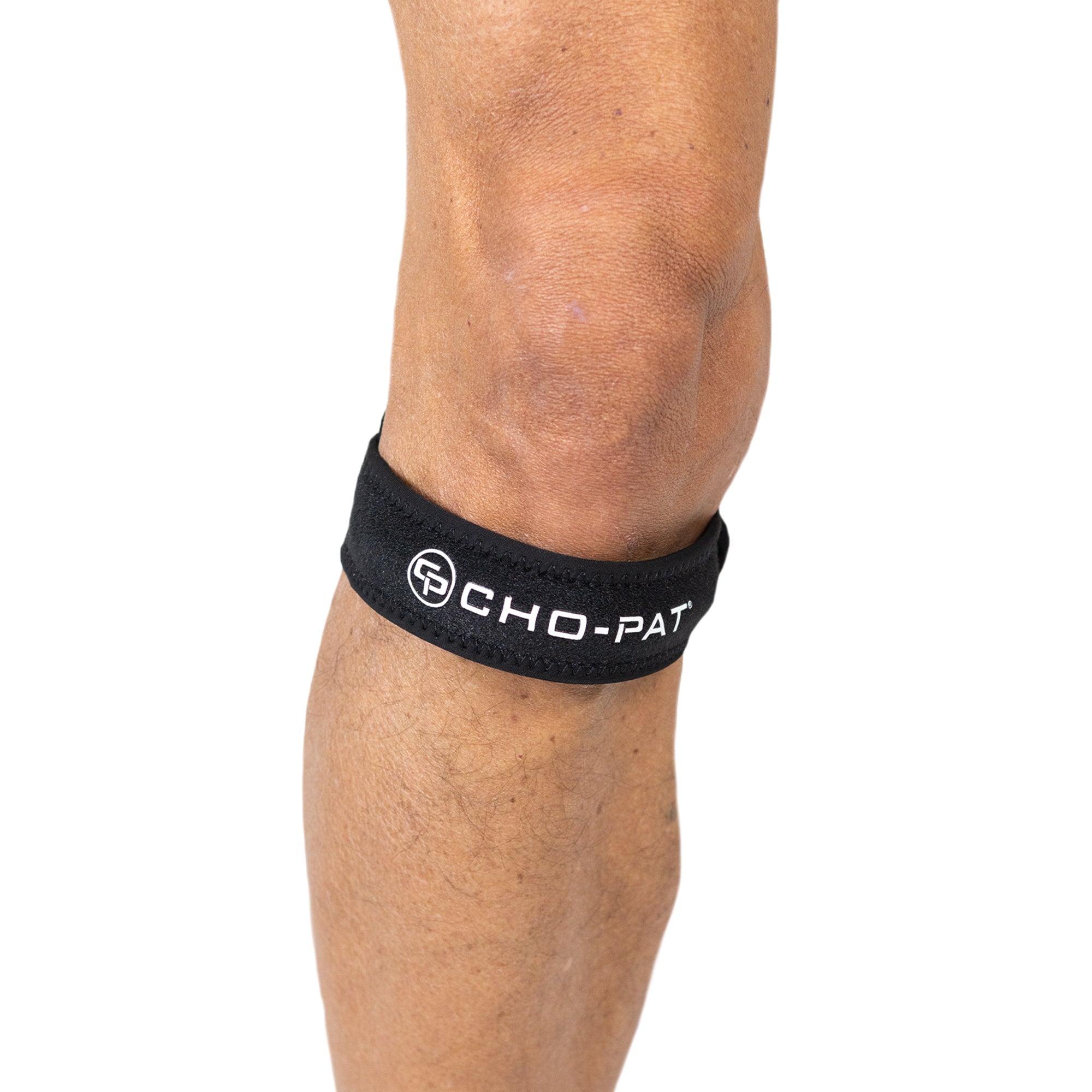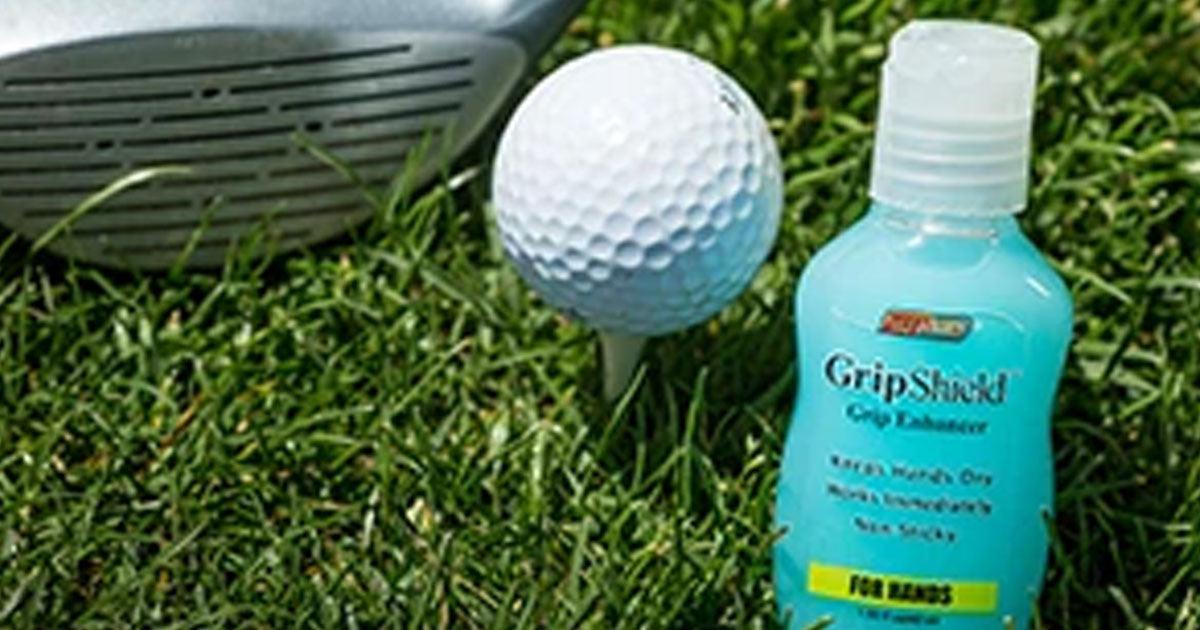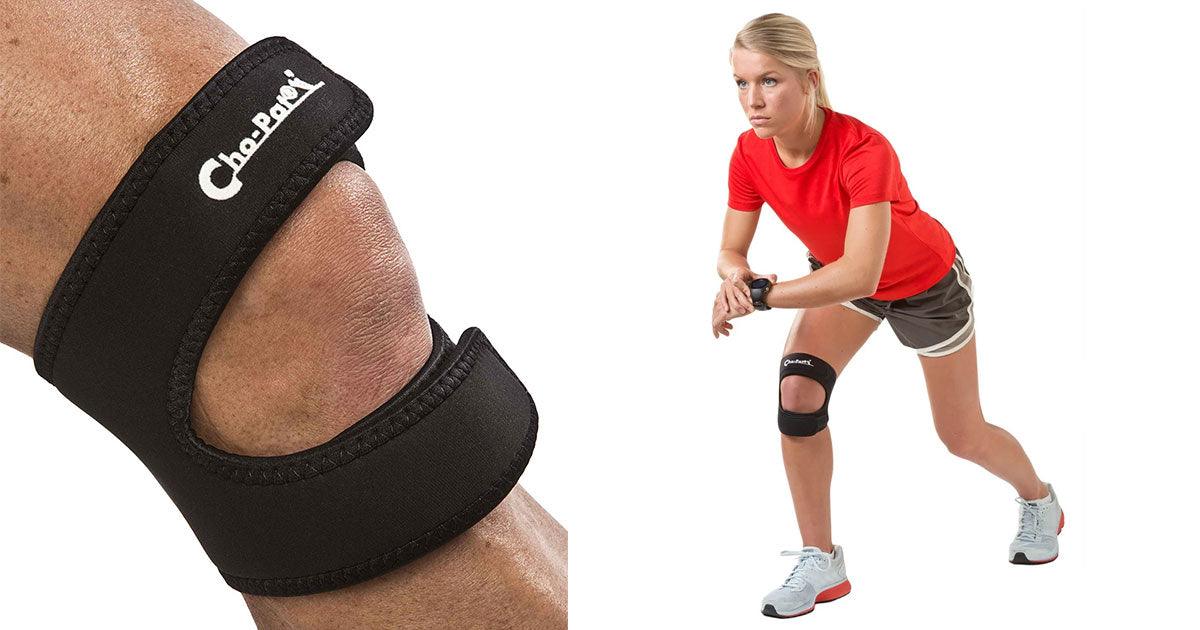Runner’s Knee
Runners knee, or patellofemoral pain syndrome (PFPS), is the term used for non-specific pain that involves pain behind or around the kneecap, pain when you bend the knee, especially when walking, squatting, kneeling, running, or getting up from a chair. In some cases, pain that’s worse when walking downstairs or downhill.
The pain can be sharp and sudden, or dull and chronic. Also, it's not just found in runners; this syndrome is one of the most widely diagnosed in individuals whose work or activities involve significant running or knee bending.
Functional risk factors for Runner’s Knee can include:
- Overuse
- Prior injury
- Biomechanics
- Overpronation
Reducing the Pain of Runner’s Knee
An extremely common condition, a diagnosis of Runner’s Knee (PFPS) covers a range of usually vague symptoms of pain ‘in’, ‘under’ or ‘behind’ the kneecap. While there is no consensus on exactly what causes PFPS, a recent study in Medicine & Science in Sports & Exercise, found hip weakness and instability to be a contributing factor.
Additional research supports that initial rest, minimizing impact, stretching and strengthening the supporting muscles can reduce pain. In the case of runner’s knee, research shows positive results from introducing routines focused on glute, hip flexor/extensor, and quad strength. As well as hamstring and hip flexibility.
Individuals experiencing early stages of Runner’s Knee pain can take steps to provide immediate relief and long-term healing.
Step 1: Immediate Relief – Reduce Discomfort
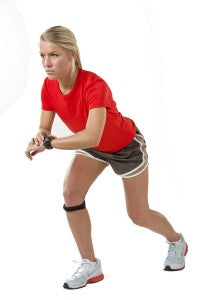
For reducing the pain of Runner’s Knee, after initial rest, reducing discomfort during activity becomes an important aspect of recovery.
Cho-Pat’s® Original Knee Strap™ stabilizes and tightens up on the kneecap mechanism by applying pressure upon the patellar tendon below the kneecap. For many suffering from Runner’s Knee, this compression reduces or eliminates inflammation and helps prevent knees from giving out while still allowing full mobility.
Step 2: Long-Term Healing – Stretch, Strengthen & Massage
STRETCH AND STRENGTHEN
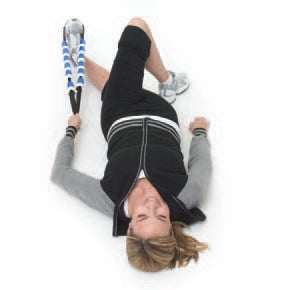
For Runner’s Knee, stretching exercises targeting the gluteus medius, piriformis, hamstrings, and quads will help to ensure flexibility along the posterior chain are important.
The patented StretchRite® features a non-elastic strap which makes it easy to perform each stretch properly and effectively. Six ergonomically-shaped handgrips offer a comfortable non-cinching hold and make it simple to adjust tension during the stretch. The handgrips also serve as visual feedback helping athletes safely stretch and monitor their progress.
Strengthening exercises, like those below, should include a focus on the hip abductors.
- TFL/Glutes (lying side leg lifts, resisted side steps; glute bridge)
- External Rotators (lying clam raise)
- Quadriceps (straight leg lifts)
MASSAGE
For Runner’s Knee, massage and myofascial release can often relieve muscle tension and create tissue mobility contributing significantly towards increasing flexibility. ProStretch Stick Massage Rollers unique design allows you to allow you to choose whether your massage feels soft, medium, or pinpoint to get the pain relief you need. For increased flexibility, circulation and performance consider massaging the:
- Tensor Fasciae Latae (TFL – at the bending point of the hip)
- Vascus lateralis (outside quad)
- Glutes
PLEASE NOTE: The information on this website and article is for information only and should not be used as a substitute for consulting your doctor. Consult your doctor for proper diagnosis and rehabilitation.





